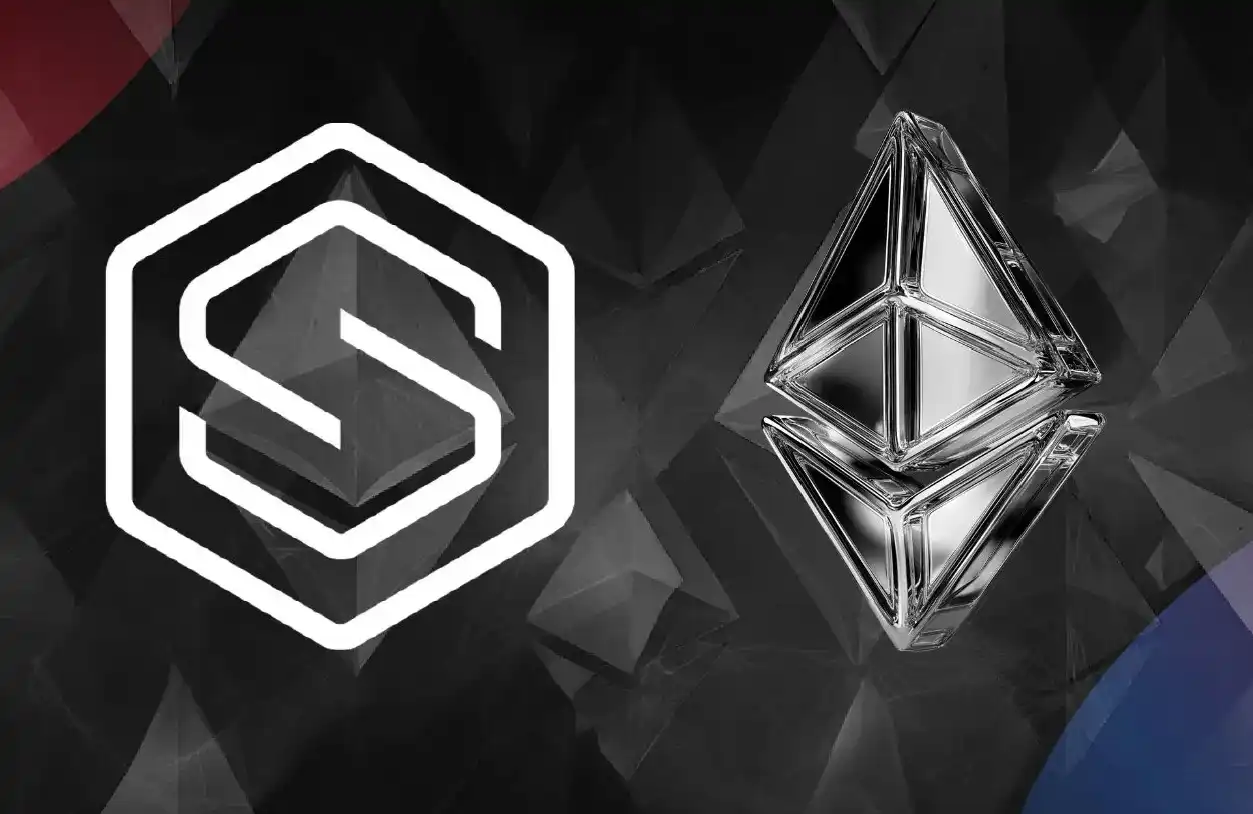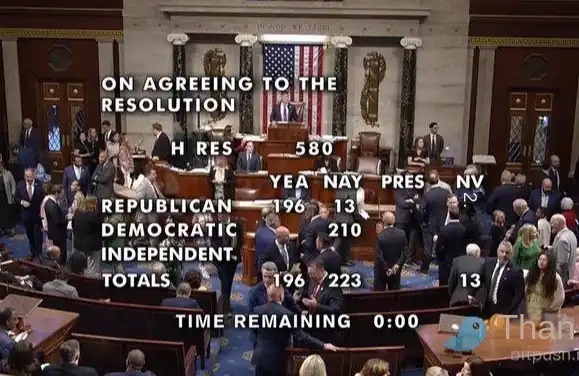Starting from the social graph, what is Web3.0 doing?
Original title: "Starting from the social graph, see what Web3.0 is doing?" "
Original source: LD Capital
Social graph value
Social graph is a mapping of social relationships between individuals, which reflects people that users know through various channels: family members, work colleagues, school classmates, etc. Facebook CEO Zuckerberg introduced the concept of the social graph at the inaugural Facebook F8 developer conference, when it was used to explain how the newly launched Facebook platform will use the relationships between individuals to provide a friendlier web experience.
Nowadays, the social graph has become the core value of every social platform. When a user registers and logs in on a social platform, the platform will search for people he may know based on the user's registration information, learn about your preferences by recommending topics you are interested in, record all the content you have browsed on this platform, and interact with others. And based on this information, a user-centered social graph is formed. In other words, this map will include your interpersonal relationships, hobbies, living habits, etc., and the platform can roughly outline your user portrait based on these data.

The picture is collected from the Internet
So, what is the use of this? Let’s look at a set of data first:

The picture is collected from the network
This is the financial report released by Facebook in Q3 2021. According to the report, Facebook’s total revenue in the past year was about 209 billion U.S. dollars, of which advertising revenue was 205 billion U.S. dollars The U.S. dollar has accounted for more than 90%. Because the core profit model of most Web 2.0 applications is to obtain user data by providing free services to users, and obtain advertising payment income through advertisers. Taking Facebook as an example, personalized advertising recommendations and content recommendations can bring in hundreds of billions of dollars in revenue every year, and these are actually realized using user behavior data as chips.
Talking about the Pain Points of Web 2.0 Social Graph
Because the characteristic of Web 2.0 application architecture is to store all data in a centralized database, each user The social graph data formed on the platform is controlled by the company to which the platform belongs. And when a user registers a social application or any application, they need to sign the "User Service Agreement" and "Privacy Policy", which means that you agree that the ownership of your data belongs to the platform, and the right to interpret also belongs to the platform , and even face the risk of being blocked when users make inappropriate remarks. Therefore, for users, their social behaviors create value for the platform, but the value will not be distributed to them. All they have is the right to experience this product.
Moreover, the platform monitors all user behaviors and collects user data. Many data may not be purposeful when collected, but with big data technology As the application becomes more and more mature, privacy data leakage incidents also occur frequently, and even cause serious social problems. A large number of fraud cases such as pension, medical care, and charity are all caused by information leakage. Facebook user information has been leaked and used by the data company Cambridge Analytica, and Facebook has also faced multiple lawsuits for violating user data privacy.
In addition, in the Web 2.0 world, user data is like isolated islands, and it is difficult for islands to communicate with each other. Because the social giants spend huge sums of money to create a moat in order to retain users and increase user stickiness. Once users jump to another application, they need to abandon the social graph they have built. Therefore, every time a user registers a social account, he needs to repeatedly authenticate his identity information, and build his own social relationship on a new platform from scratch, and the migration cost is very high.
Exploring the Web 3.0 Social Graph
The purpose of the Web 3.0 project is to return data ownership to users. Based on blockchain technology, user data is very transparent. How many transactions you have made, which DeFi project mining you have participated in and other information are hidden in the wallet address. An address can log into countless applications, and the behaviors that occur in each application are clearly recorded. By mining and analyzing these data, the user profile of each address can be completely drawn. The social graph protocol is organizing and presenting users' on-chain portraits and behaviors in different ways.
Lens Protocol
Lens Protocol is a social graph protocol built on Polygon based on Web3 smart contracts. It was developed by the Aave team and advocates allowing creators to have their own connection with the community, forming a permissionless, composable, and user-owned social graph.
The Lens protocol mainly revolves around [Profile NFT]. Profile NFT is the key for users to control their own data ownership. Its metadata includes all posts generated by users, forwarded History of articles, comments, and other actions. When a user logs in to an application based on the Lens protocol, all the data in the Profile NFT can be synchronized to obtain the activity track of the user on the chain. If the user changes the address, the NFT can also be transferred.
Users use their wallets to connect to the Lens protocol and create a homepage. The homepage will be minted as Profile NFT. Only users who hold Profile NFT can create and publish content , comment and repost, other users without Profile NFT can only follow favorite bloggers and collect content published by content creators.
Classification of users within the Lens protocol:
Content creators,You must link the agreement to create a personal Profile homepage and obtain a Profile NFT accordingly, in order to publish content, repost content and comments;
Non-content creators, You can only follow your favorite bloggers and collect their published content. When a user follows a content creator, he will get a Follow NFT, which records the order and quantity of the user's attention. However, content publishers can set whether followers can get Follow NFT, such as paying or completing certain tasks. When a user collects a creator's content, the user will get a Collect NFT, which records which fans have collected or purchased which content.
Developers, provide modular components for developers to customize these components and build social products, so Lens is more like a Backend products.

Lens protocol basic module
Lens is currently not open to all the public, only some addresses are eligible to mint Profile NFT, the total number of minted is 44,525, and the total number of posts is 93,335, Other data are shown in the figure below:

The picture is collected from Lens official website
The number of applications built based on the Lens protocol has reached 9, and there is currently no pass.

Pictures are collected from Lens official website
Lens protocol features:
Tokenization of content and data ownership: building relationships with NFT as the core, and the interaction of multiple NFTs presents social behaviors such as following, forwarding, and collecting , forming a map. Users can independently control the ownership of these NFTs, such as transferring, selling, or participating in governance, and they can be brought to any application built on the Lens protocol, and data migration is more advantageous.
Component modularization, super composability: social function modularization, follow the specific execution steps to call the white list smart contract, for example, when the user is following an individual The [Follow Smart Contract] will be triggered when the content is uploaded, and the [Collect Smart Contract] will be triggered when the user likes or favorites the content, allowing developers to use these modular components to build their own applications on Lens.
Limitations:
When using the Lens protocol, every step of the operation requires the signature verification of the wallet address, especially for high-frequency applications such as social networking, which brings some troubles: first, the user's attention Actions such as , comments, and favorites all need to be paid, so Lens chose to be based on Polygon. Although the gas fee is relatively low, this design will make the use process not smooth enough; secondly, users need to constantly confirm the wallet address, which is also very influential. Experienced.
The user's social graph on Lens is built around the personal homepage NFT, so the establishment of social relationships is completely from scratch , so the difficulty of construction is relatively large.
Applications based on the Lens protocol can share user data, but developers still need to capture the data on the chain and use the database Restoration also requires a certain cost.
CyberConnect
CyberConnect The agreement was established in September 2021, and received US$10 million in financing from Multicoin Capital, Sky9 Capital, Animoca Brands and other institutions in November. It is the first decentralized social graph agreement.
The social module of CyberConnect is relatively simple, mainly composed of [Follow Button] and [Follower List]. Users can follow each other through the Follow button to establish a relationship between users. The core of the protocol is a decentralized and tamper-proof social address book, which can effectively promote user-centered data creation, update, query and verification. Its technical architecture focuses on three aspects:
< br>
1) Storage: The IPFS variable data flow storage customized by Ceramic is adopted to realize the decentralized storage and data update functions of graphs;
2) Identity authentication and authorization : A security key scheme is designed to separate the identity key from the user's transaction key to avoid financial risks;
3) Data capture: the data indexer (Index) aggregates the on-chain and off-chain data.

CyberConnect Official Website
The data sources of CyberConnect mainly have three aspects: first, the data in off-chain data sources and transaction data sources are captured, organized and integrated; secondly, the indexer forms new data according to the existing off-chain social graph; in addition, After the user authorizes to use CyberConnect to log in on DApps, the data of the user's social graph on DApps will also be captured by CyberConnect. Therefore, CyberConnect combines existing social graph data to form a social graph on Web3.
CyberConnect supports address binding on the two chains of Ethereum and Solana (BSC chain is not counted), the number of users reaches 1.49 million, and the number of index users reaches 1.89 million. CyberConnect It is developing in the direction of multi-chain. In addition, the agreement has also carried out ecological application incubation. At present, more than 30 projects are supported in the ecosystem, covering multiple sectors including social networking, NFT, decentralized identity, and wallet.

CyberConnect official website
CyberConnect protocol features:
CyberConnect is a multi-chain, multi-platform social graph protocol, which will automatically associate with the user's Opensea Accounts such as , Mirror, etc., focus on providing infrastructure integration services for developers of different applications, so that these applications can efficiently and quickly adopt CyberConnect's social graph data.
CyberConnect uses a centralized storage technology solution to solve the user social data sovereignty problem, which is more conducive to storing large data, data creation and Changes are relatively easy.
Limitations:
CyberConnect currently provides limited functions, and the cost-free reading and writing of social graphs also makes it easy to generate redundant data in the protocol.
CyberConnect uses a Ceramic storage solution, which once caused a downtime due to a large influx of users, and its high-concurrency solution needs to be tested.
5Degrees
5Degrees It is a social graph protocol incubated by the TokenPocket wallet, built using the ERC-1155 standard, and generates the user's core data (that is, the user relationship such as the follow address list) as a Profile NFT, thereby forming a social relationship network infrastructure.
The implementation of the 5Degrees protocol is similar to Lens to a large extent, running around Profile NFT and providing basic social function modules. However, the agreement only provides the [Follow] function. When users follow creators, they can get the creator's personal NFT, namely Follow NFT.

5Degrees official website
Currently, 5Degrees has launched the personal homepage product Fans3.0. After connecting the wallet, the user can enter the personal homepage. This page will directly display all assets in the user's wallet address, including NFT, POAP, and interacted DeFi protocols and identity authentication protocols.
In addition, there are Uniswap and PancakeSwap after adding social modules, all users can intuitively obtain detailed transaction data of the people they follow.

5Degrees official website
5Degrees Protocol Features & Limitations:
The implementation principle of the 5Degrees protocol is very similar to that of Lens, but the functions provided are relatively simple, and there is still a certain distance from building a social graph.
Allow other applications to access, any project that supports the ERC-1155 standard can integrate the protocol.
The above are the most representative projects of the social graph protocol. At present, there are two main ways to realize the social graph protocol: one is to The user data is NFTized, and the second is to adopt a decentralized storage technology solution. The advantage of the former is that user data can be directly converted into NFT assets without more complex encryption technology, while the latter is more conducive to the storage of big data, and data changes are more convenient.
Written at the end
Looking at the current Web 3.0 social ecology, it can be roughly divided into the underlying public chain application carrier, decentralized data repository, and presentation chain from bottom to top. Decentralized identity layer for upper user identity and relationship, upper layer social application products, and user portal tools and plug-ins. Among them, the social graph captures the relationship between users on the chain and accumulates data, and is an important component of building a Web 3.0 decentralized identity infrastructure.
However, the construction of the current decentralized social identity level is not perfect, and it is still in the early stage due to problems such as technical threshold and application promotion. No one knows what will happen to Web 3.0, and most Web 3.0 users don’t know what they want, but there is no doubt that it is very important to cultivate users’ decentralized identities, but this process must not be accomplished overnight . As Foresight said, the accumulation of high-quality relationships and network effects must reach a critical point to form a qualitative change. We will always remain optimistic about this!
This article is from a contribution and does not represent the opinion of Rhythm BlockBeats.
Welcome to join the official BlockBeats community:
Telegram Subscription Group: https://t.me/theblockbeats
Telegram Discussion Group: https://t.me/BlockBeats_App
Official Twitter Account: https://twitter.com/BlockBeatsAsia
 Forum
Forum OPRR
OPRR Finance
Finance
 Specials
Specials
 On-chain Eco
On-chain Eco
 Entry
Entry
 Podcasts
Podcasts
 Activities
Activities







